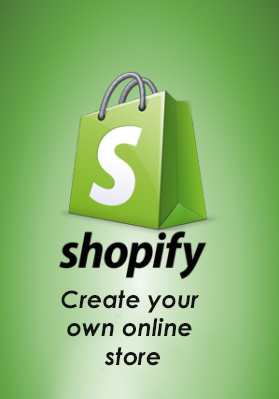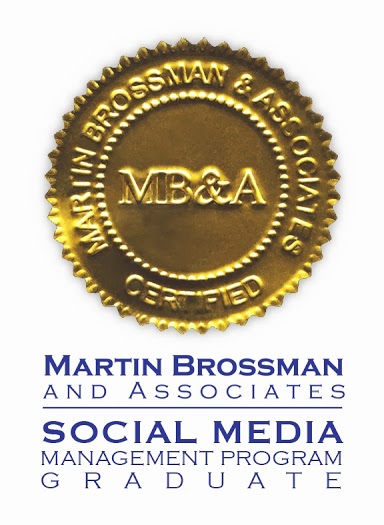I have heard people say that they “don’t want to go near Pinterest because of their Terms of Service.” Hum, I thought. That’s your choice.
Pinterest’s terms of service (TOS) are shifting and changing frequently, by the way, so I can’t be sure which version anyone saw when they made that decision. The TOS on the site as of today are the most clearly presented I’ve ever seen. Pinterest has good graphic designers.
But later, I wondered. I run a site for a balloon twister. As a rule, event planners don’t exactly Search for these entertainers. They see a clown working one party, and they save the idea, and then they try to find the person they saw at the last event, and if they miss or lose the business card, they get whoever shows up in Google.
From a balloon twister’s point of view, being seen by an event planner, working parties in Pinterest, is almost the exact same thing as being seen working a real in-person event.
What’s so bad about letting people copy your images, if you’re a balloon twister? You’ll be in the picture. Most balloon animals are stock items, known to all in the trade. Twisters have to be seen. Why not be seen in Pinterest? An image of a line of children waiting their turn for their own balloon animal, –what twisters call a “45-minute line? THAT’s good marketing!!
The problem, I believe, comes down to a mistaken evaluation of the dollar value of images.
Few pictures are “worth something.” The photographers who create images with resale value work VERY hard to market and sell them. I am not talking about professional photographers or their work in this post. I’m talking about pictures taken of balloon twisters at work entertaining children or convention-goers, when the photographer is the spouse or partner, and the camera fits in a pocket, and the lighting is ambient. What we used to call “snapshots.”
Understood, “Pinterest wants GOOD images,” but “good” is defined by your market. Trust me, the balloon twisting market will accept snapshots. If you’re marketing to the wedding crowd, God bless you; you need good photography. Child’s party planning? Not so much. You can go a long way with a well-planned snapshot. (Photoshop Elements helps. Crop. Crop. Crop.)
I can drive 100 visitors to a clown’s website because they saw a picture of him twisting balloons at a church picnic. If one of those people calls him and book a party, the picture is worth the party fee, which is 100% MORE than he would have been able to sell the image itself.
I don’t know about you, but I do not search the web so I can decorate my home with pictures of balloon twisters working at parties. For that matter, I don’t print and frame pictures of granite countertops, or place settings, or chimineas.
But really: what are you worried about losing if someone repins your image?
Caveat: I am NOT writing about professional photographers, fine artists, or jewelers, or anyone else whose work can be knocked off by a factory in China using only an image.
I’m talking to the balloon twister here. The professional seamstress selling steam punk. “They’ll copy my ideas.” Yeah, somebody will. But anyone who can sew that well would have copied them anyway once she saw the dress at RenFaire. Just as many might want to buy one for themselves, and they might find you through a good image on Pinterest.
So go ahead. Don’t put yourself in Pinterest. I can use all the lack-of-competition I can get.





Follow Us!